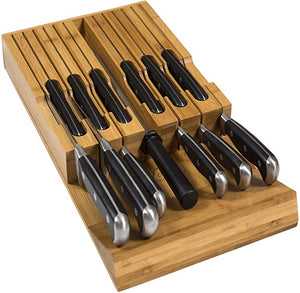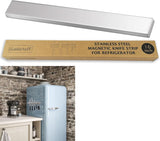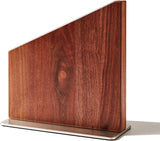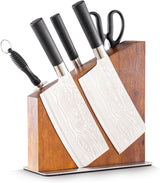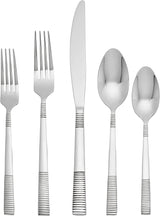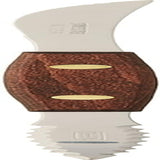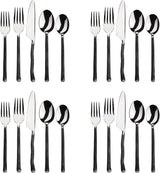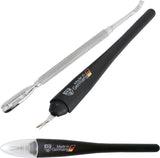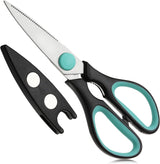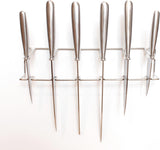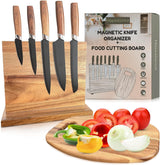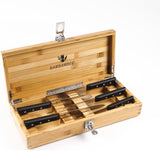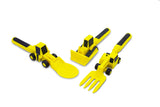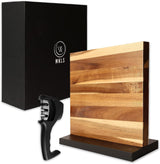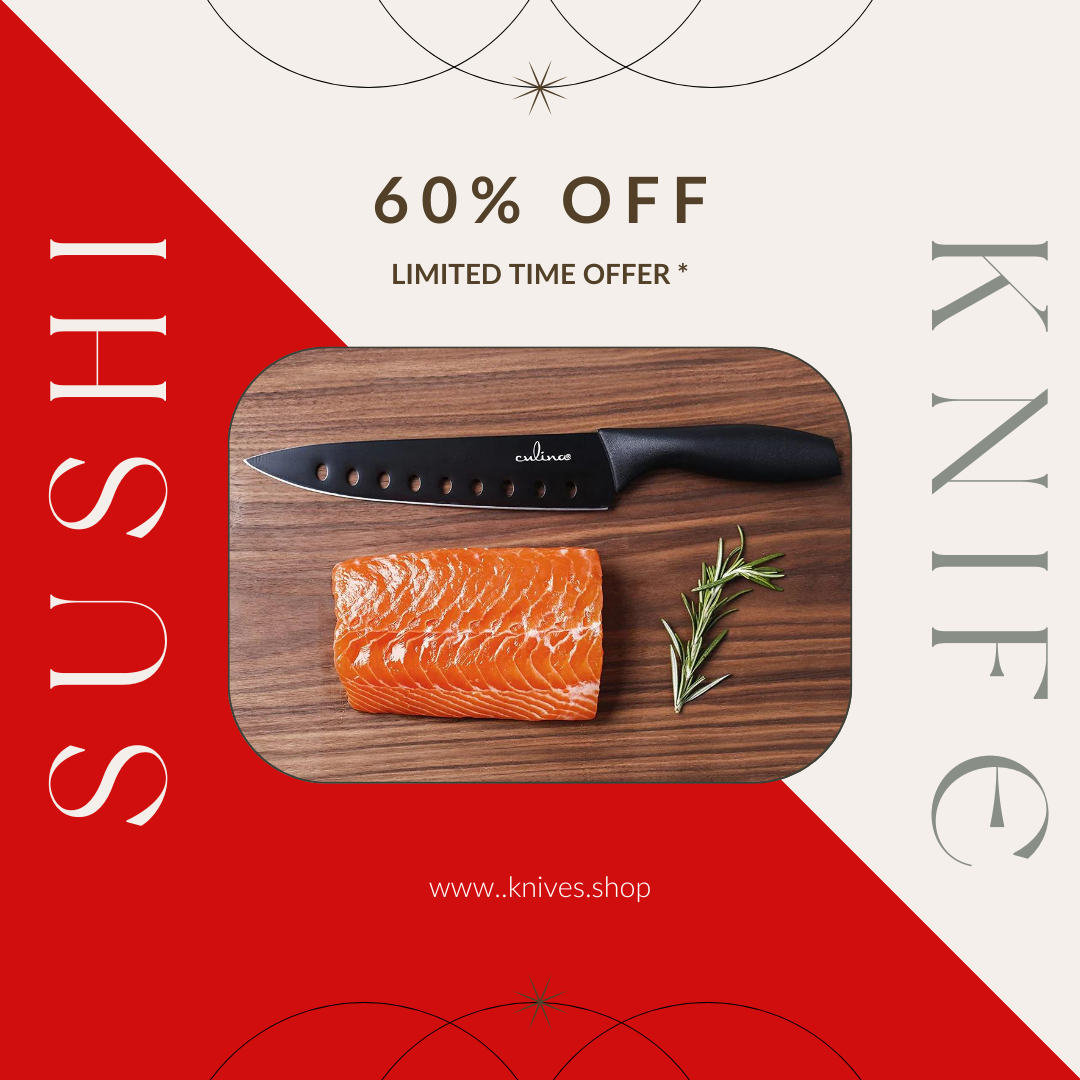The Drop Point Fixed Blade Knife is a standout tool in the culinary field, known for its adaptability and effectiveness. This knife proves to be indispensable for chefs and kitchen enthusiasts alike. Its robust design and exceptional cutting performance make it perfect for an array of kitchen tasks.
One of the key advantages of a drop point knife is its gently curved blade, which enhances cutting efficiency while allowing chefs to exercise greater control. This feature is particularly beneficial for precision tasks such as filleting fish, chopping vegetables, and slicing meats. The drop point fixed blade design provides stability, a crucial element that professional chefs rely on during their daily cooking routines.

Benefits of a Drop Point Fixed Blade Knife
In the bustling environment of a professional kitchen, having the right tools can significantly impact performance. The drop point fixed blade knife is embraced by many chefs not just for its effectiveness but also for its long-lasting durability. With a fixed blade design, there are fewer components that can become misaligned or damaged, ensuring reliable performance.
Moreover, the drop point design is lauded for its balance and user-friendly nature. This makes it an excellent option for extended cooking sessions, as the knife remains comfortable and easy to handle over time. The tip is designed for intricate tasks, while the blade's belly glides through fruits and vegetables effortlessly. This versatility is why drop point fixed blade knives are a staple in many professional kitchens.
Characteristics of an Exceptional Drop Point Fixed Blade Knife
Several features contribute to the excellence of a drop point fixed blade knife, including the material used, handle design, and overall craftsmanship. The choice of blade material is vital; in professional environments, high-carbon stainless steel is often preferred due to its sharpness and resistance to corrosion and wear.
Handle design is also important, as it should provide a solid, comfortable grip that allows for maximum control, even in moist conditions. Achieving the right balance between the blade and the handle is essential, ensuring the knife feels just rightnot too heavy or too light. This balance helps to reduce hand fatigue, allowing chefs to remain productive.
Key Applications of the Drop Point Design
The drop point knife shines in various culinary tasks. Its broad curve facilitates seamless slicing and chopping, while the pointed tip allows for detailed, intricate cuts. This makes the knife especially advantageous for de-boning, where precision is paramount.
Furthermore, the sturdy nature of a fixed blade expands its utility beyond the kitchen, making it an excellent choice for outdoor chefs seeking versatile knives for camp cooking. By utilizing and understanding the unique strengths of the drop point fixed blade, chefs can enhance their culinary skills and outcomes.

Caring for Your Drop Point Fixed Blade Knife
Maintaining the performance and longevity of your drop point fixed blade knife requires regular upkeep. Essential maintenance tasks include thoroughly cleaning the blade after each use and periodically sharpening it with a high-quality whetstone. It's crucial to use the correct sharpening angle to keep the blade sharp without prematurely dulling its edge.
Proper storage is equally important. Investing in a reliable knife sheath is a good way to protect the blade from unnecessary damage. Following these guidelines will ensure that your knife remains a dependable and essential tool in your kitchen.
For further information on knife maintenance and various blade types, be sure to check out resources like Types of Knives, which provides detailed guides on different knife styles and functionalities.
FAQs
-
What tasks can a Drop Point Fixed Blade Knife handle?
The drop point knife is incredibly versatile, adept at tasks ranging from basic slicing to detailed chopping, making it suitable for a variety of culinary applications. -
How do you sharpen a Drop Point Fixed Blade Knife?
Using a professional sharpening stone is recommended to maintain the blade's edge, ensuring that you keep a close eye on the sharpening angle to prevent undue wear. -
Why is the Blade Material Important?
Selecting a knife with high-carbon stainless steel is crucial for ensuring durability and resistance to rust, keeping the cutting performance intact over time.
This article contains affiliate links. We may earn a commission at no extra cost to you.
